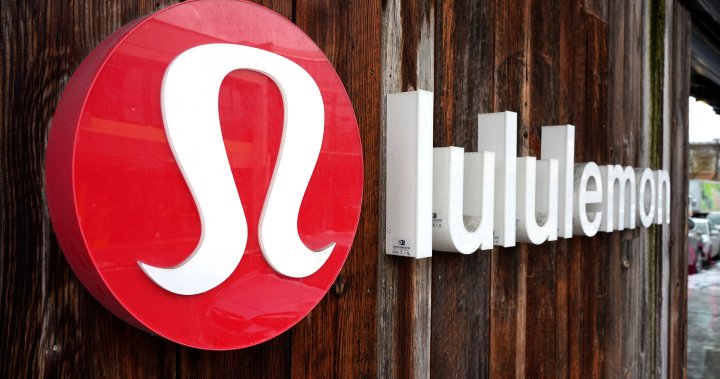The Holiday Retail Landscape: A Tale of Two Strategies
The 2023 holiday season painted a mixed picture for retailers, particularly in the apparel sector. While robust consumer spending fueled higher-than-expected sales figures for some, the pervasive discounting required to achieve these results exerted pressure on profit margins, revealing divergent strategies and performance outcomes among prominent players like Lululemon Athletica, Abercrombie & Fitch, and Macy’s. This dynamic underscores the evolving consumer behavior in a digital age, where price sensitivity, mobile shopping, and access to real-time information have reshaped the retail landscape.
Lululemon and Abercrombie both reported upward revisions to their quarterly sales projections, largely attributed to the surge in demand for discounted merchandise during the crucial holiday period. However, the contrasting impact on their profitability highlights the differences in their approaches. Lululemon, known for its premium athleisure offerings and a focus on full-price sales through product innovation and a strong brand identity, managed to increase both its margin and profit forecasts despite offering discounts. This suggests the brand’s loyal customer base and desirability of its products allowed it to maintain a healthier price point even amidst a highly competitive environment. In contrast, Abercrombie, which has been vying for market share against a wave of newer brands and online retailers, was compelled to offer steeper discounts, which seemingly impacted its projected margins.
The broader apparel landscape experienced the highest discount rates of any retail category during the holiday season, underscoring the intense competition among apparel makers. This environment forced companies to aggressively promote their products to capture consumer attention and drive sales, potentially sacrificing profitability in the process. This highlights the delicate balancing act retailers must perform between attracting price-sensitive shoppers and preserving profit margins in a market saturated with options.
The digital transformation of the retail landscape further intensified this competitive dynamic. Consumers increasingly rely on mobile devices to compare prices, scrutinize shipping times, and evaluate return policies, often aided by AI-powered chatbots. This empowers shoppers to make informed decisions and seek out the best deals, putting pressure on retailers to offer competitive pricing and seamless shopping experiences. This shift towards digital also highlights the need for retailers to invest in robust online platforms and leverage technology to enhance customer engagement and satisfaction.
While discount-driven sales provided a lifeline for some retailers, others struggled to capitalize on the holiday rush. Department store giant Macy’s, for instance, experienced difficulties in stimulating demand at its namesake stores, a reflection of the ongoing challenges faced by traditional department stores in the age of e-commerce and shifting consumer preferences. Macy’s subdued performance stands in stark contrast to Nordstrom, another department store operator, which successfully leveraged deep discounts on apparel and home decor to attract customers and exceed its sales projections. This divergence underscores the importance of effectively targeting promotions and catering to specific consumer demands, even within the same retail segment.
Lululemon’s upwardly revised forecasts reflect the brand’s resilience in a challenging market. The company’s focus on product innovation and maintaining a desirable brand image likely allowed it to weather the discount-heavy holiday season without severely compromising profitability. Conversely, Abercrombie’s performance, while showing sales growth, reveals the potential trade-offs between driving sales through promotions and preserving profit margins. Macy’s struggles, meanwhile, exemplify the broader challenges confronting traditional department stores in adapting to the evolving retail landscape.
These contrasting experiences highlight the strategic complexities of navigating the modern retail environment. The ability to leverage discounts strategically, cultivate brand loyalty, and offer a seamless omnichannel experience will likely be key differentiators between winners and losers in the increasingly competitive retail arena. As consumers continue to embrace digital tools and prioritize value, retailers must adapt their strategies to meet these evolving expectations. The holiday season of 2023 serves as a compelling case study of the diverse approaches retailers are employing and the varying outcomes they are experiencing in this dynamic market.

